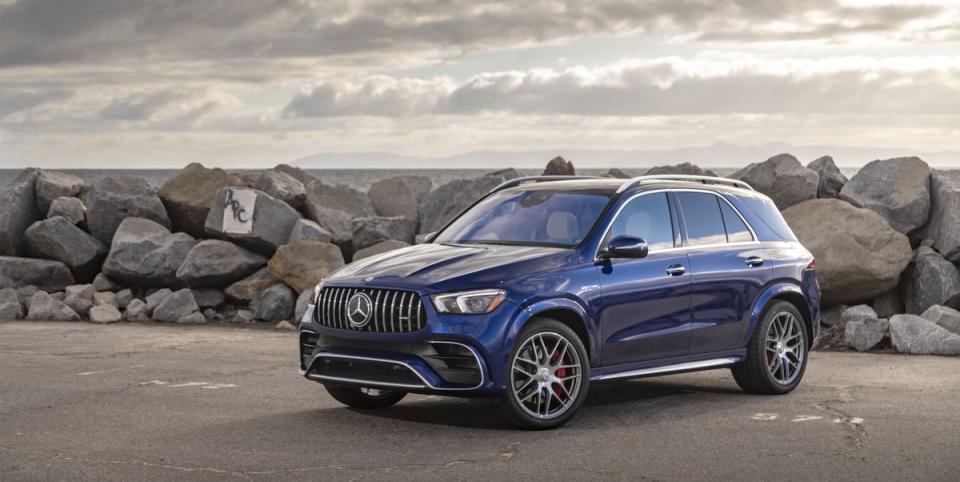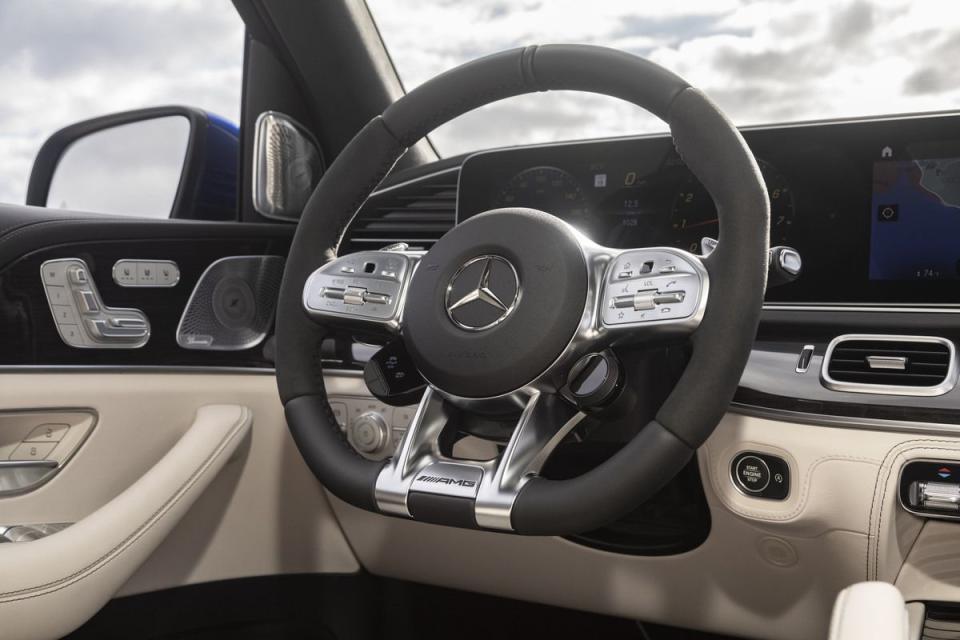Mercedes Has Made Stop-Start Technology Delightful to Use

I don't hate stop-start technology as much as some of you. I do a lot of my driving in New York City. In an urban environment with a lot of long red lights, stop-start isn't so bad. It's nice to sit in still silence, with engine noise or vibrations to agitate you. A running engine in a stationary car is making nothing but waste. There's a reason we call it "idling."
But a bad stop-start system can make you hate the whole concept. I've driven some absolute clunkers. There was the 2016 Cadillac where the stop-start system didn't communicate with the brake-hold system. I'd stop at a light, squeeze the brake a little harder to engage the hold, and take my foot off the pedal—and the stop-start system would fire up the engine again because it thought I was about to pull away. Maddening. (This seemed to be a short-lived problem; in newer Cadillacs, the brake-hold and stop-start systems cooperate seamlessly.)
Not everyone has caught up. Just a few weeks ago, I drove a Jaguar with one of the worst stop-start setups I've ever encountered. Sure, the engine would shut off just fine, and the brake-hold lived up to its name. But then the light would turn green and the engine would refuse to wake up on the first jab of the throttle. A second, more impatient stomp would rouse it, but there was an agonizing delay before the starter engaged, and a further wait before the engine caught and the transmission clicked into gear. Cue the honking and shouting.
So you'll forgive my over-enthusiasm for a tiny item on the Mercedes-AMG GLE 63 S I recently drove in California. Sure, the 603 hp and 627 lb-ft of torque that rush out of that twin-turbo 4.0-liter V-8 are magnificent, and the hammer-and-anvil exhaust note is giddying. But the stop-start system knocked my socks clean off.
There's a reason for that: The GLE 63 S features Mercedes' new 48-volt mild-hybrid architecture, named EQ Boost. It's all familiar stuff: an integrated starter-generator stuffed between the engine and transmission that can turn engine power into electricity (like an alternator) or make electrons into propulsive power (to the tune of 21 hp and 184 lb-ft of torque).
Mild hybrids with integrated starter-generators have been around for more than a decade, but the 48-volt electrical architecture makes it far more powerful. The ISG charges up the 48-volt system, adds drive torque for hard acceleration (particularly when the turbos are still spooling up), and enables Mercedes' "gliding mode," where the engine shuts off while you're coasting with zero throttle input to save fuel.
Backed by 48 volts of power, the ISG makes a conventional electric starter irrelevant. Gone is the grinding, gnashing sound of the old-school starter motor. Touch the engine start button, and the 4.0-liter twin-turbo engine blinks on with the instantaneousness of an LED light. It's actually kind of jarring the first time you experience it, as if the engine was running on mute and the start button just cranked up the volume. Engine off, engine on. There's no transitory middle state of cranking.

That instant light-off takes away every frustration of stop-start technology. It's amazing. I did most of my driving with the GLE 63 S in Los Angeles traffic—another environment where you often find yourself stopped for more than a minute at a time. Mercedes was one of the first to offer brake-hold, where you could take your foot off the pedal without creeping forward. Their system is one of the best, engaging and disengaging intuitively, never setting up a fight between car and driver. The 48-volt stop-start system works so smoothly with the brake-hold, you hardly even notice it. You just glide to a stop, wait, and accelerate away, with a few blissful moments of smooth silence in the middle.
The difference between the Mercedes system and a conventional starter motor would probably be hard to measure with a stopwatch, but those little fractions of a second add up when the traffic in front of you is moving and you're damming up everyone behind you. I've never had a stop-start system fail on me, but a half-second of cranking sure makes me wonder if today's the day it all goes to hell. EQ Boost eliminates that pebble of anxiety entirely.

Of course, you expect a vehicle like the GLE 63 S to be damn near flawless. The model starts at $114,000; the one I drove had several thousand on top of that in options. But the EQ Boost system is available throughout the Mercedes lineup, on AMG and non-AMG models alike, and it works just as smoothly on four- and six-cylinder engines as it does on AMG's fire-breather.
Early, janky, laggy start-stop systems did a job on car buyers. If you've sat a moment too long at a green light waiting for your engine to catch, you probably reach for the off button every time you buckle up. A system as smooth, seamless, and imperceptible as Mercedes' EQ Boost could change all of that. Thankfully, more automakers are working on 48-volt systems and advanced ISGs. Soon, everyone could experience the pleasant bliss of a start-stop system that just works.
You Might Also Like

 Yahoo Autos
Yahoo Autos 